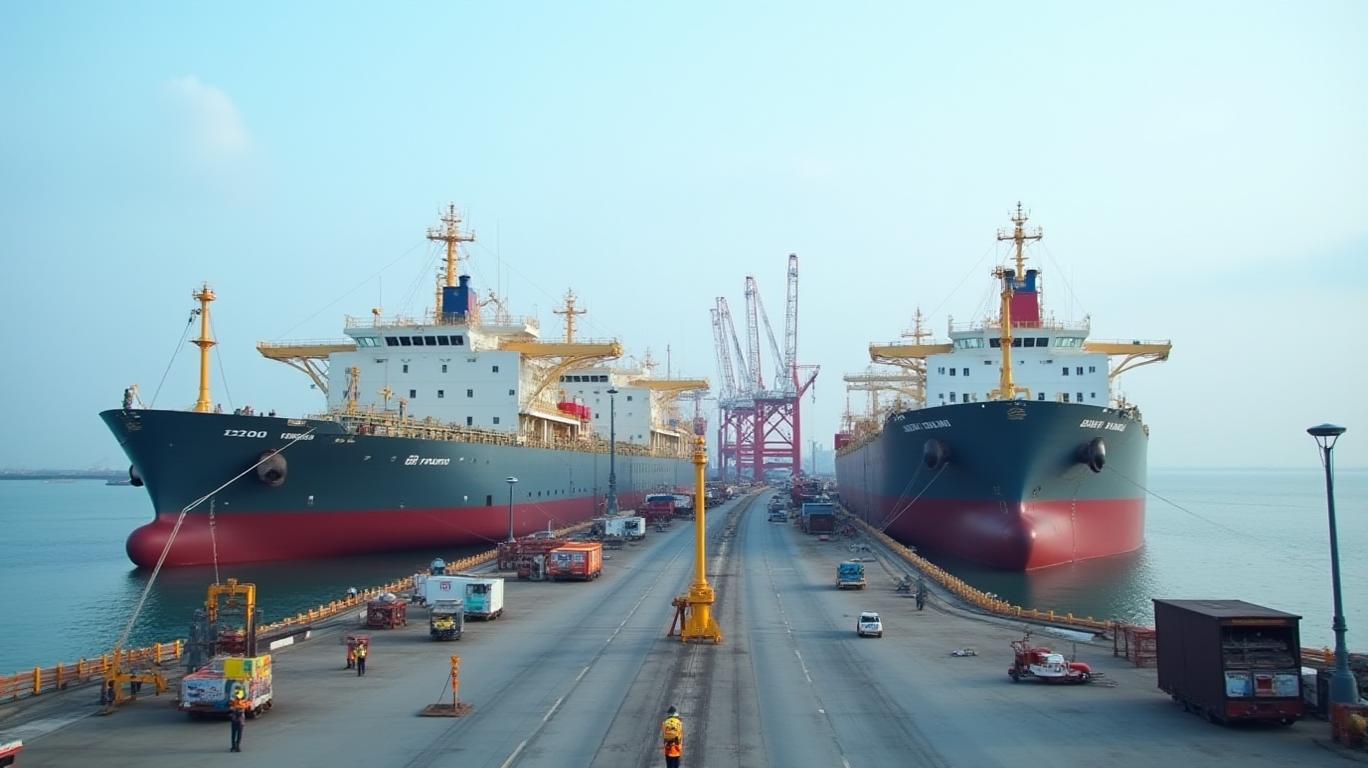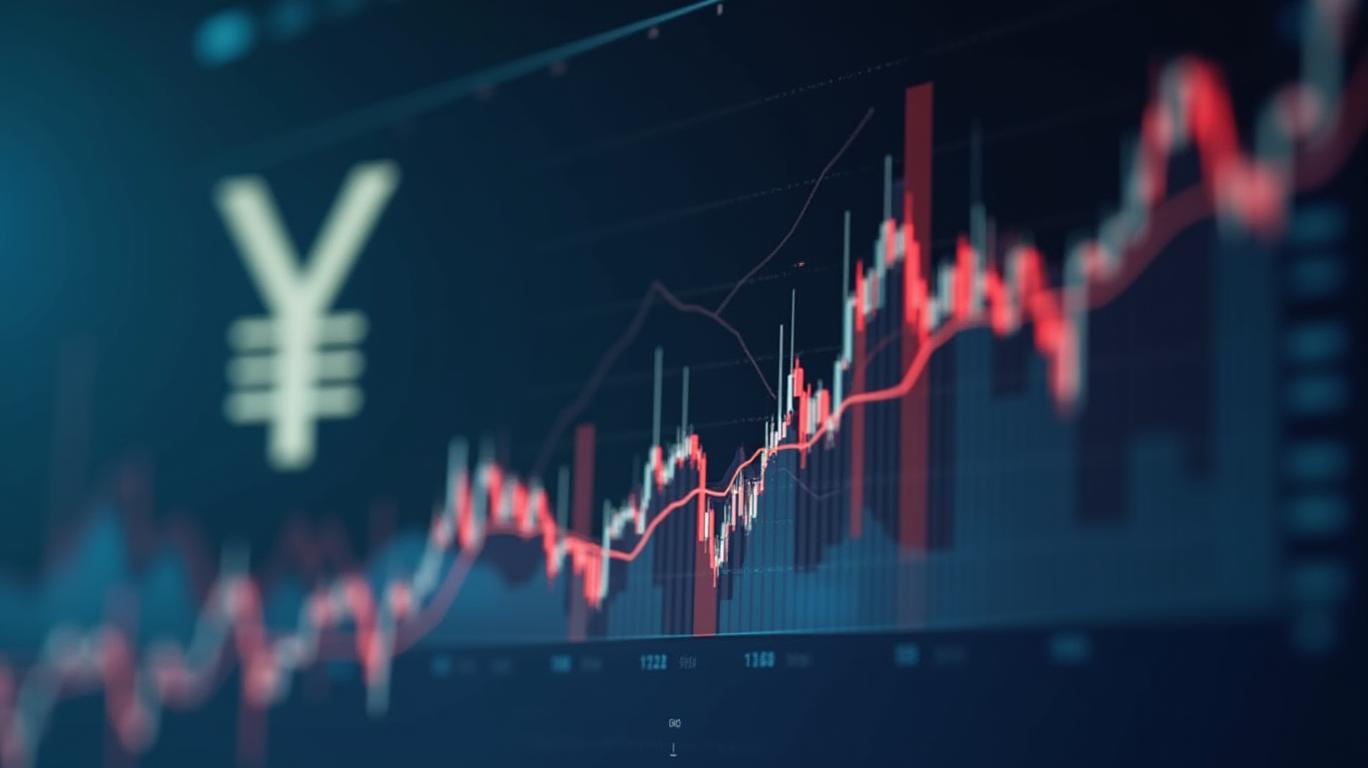Vietnam’s Origin Verification Overhaul: Navigating Regulatory Shifts in a Trade-Driven Economy

Vietnam’s economy, fueled by its status as a global manufacturing and export hub, faces a pivotal regulatory shift as the government tightens controls on goods origin verification. New directives targeting stricter compliance, digital traceability, and alignment with international standards aim to safeguard trade integrity while navigating external pressures, particularly from U.S. tariff threats. For investors, these changes present both challenges and opportunities across sectors, demanding a nuanced understanding of regulatory landscapes and market dynamics.
Regulatory Overhaul: Legal Framework and Digital Transformation
The Ministry of Industry and Trade (MOIT) is spearheading reforms to Decree 31/2018/NĐ-CP and introducing a draft decree on “Made in Vietnam” labeling, set for finalization by mid-2025. Key changes include:
- Stricter Origin Criteria: Goods must now be wholly of Vietnamese origin, undergo final substantial processing in Vietnam, or qualify as “wholly obtained” (e.g., locally grown agricultural products).
- Digital Traceability: A centralized online platform will streamline certification of origin (C/O) processes, reducing administrative delays while enhancing fraud detection.
- International Alignment: Collaboration with the U.S. on digital systems and joint inspections aims to prevent transshipment fraud and uphold FTA benefits.
Sector-Specific Implications: Winners and Losers
The reforms disproportionately affect Vietnam’s export-driven sectors, with ripple effects across the economy:
1. Manufacturing and Processing
This sector, responsible for 35% of Vietnam’s GDP, faces dual pressures. While stricter origin rules could deter mislabeled exports, compliance will open doors to preferential tariffs under FTAs like the USMCA. However, the U.S. proposed 46% tariff—pending negotiations—threatens a $60 billion industry.
- Opportunity: Companies investing in local value chains (e.g., increased domestic sourcing) may secure tariff exemptions.
- Risk: Non-compliant firms risk losing access to U.S. markets, with the MoF warning of a potential 2–3% GDP contraction if tariffs materialize.
2. Agriculture and Food Products
Heightened scrutiny on origin and labeling (e.g., English/French language requirements) aims to curb counterfeit goods. The MOIT’s public awareness campaigns emphasize transparency, which could boost Vietnam’s reputation in premium markets like the EU and U.S.

3. Energy and Infrastructure
The $33.04 billion public investment budget prioritizes renewable energy projects, including offshore wind farms targeting 6,000 MW by 2030. Investors in green energy and smart infrastructure stand to benefit from regulatory tailwinds.
4. Services and Tourism
While less directly impacted by origin rules, these sectors rely on a stable macroeconomic environment. Tourism, which grew 29.6% in Q1 2025 with 6 million international visitors, could face headwinds if manufacturing slowdowns reduce domestic consumption.
Strategic Investment Opportunities
- Tech-Driven Compliance Solutions: Firms offering blockchain-based traceability systems or AI-powered documentation tools are poised for growth.
- Renewable Energy: Vietnam’s offshore wind targets and renewable incentives make this sector a long-term bet.
- Local Sourcing Partnerships: Companies partnering with domestic suppliers to meet “substantial transformation” criteria will gain tariff advantages.
Risks and Mitigation
- U.S. Tariff Uncertainty: The MoF’s push for bilateral talks aims to delay or reduce tariffs. A 1–3 month grace period could provide breathing room for compliance adjustments.
- Credit and Investment Growth: With a 16% credit growth target, businesses in infrastructure and tech can leverage affordable financing.
Conclusion: Compliance as a Catalyst for Sustainable Growth
Vietnam’s origin verification reforms, while imposing short-term costs, align with global trade standards and position the economy for resilience. The 8% GDP growth target hinges on balancing regulatory rigor with investor confidence. Sectors like manufacturing and renewables, supported by $25.35 billion in FDI disbursements (2024), offer strategic entry points. However, success depends on swift implementation of digital systems and successful U.S. negotiations. Investors who prioritize compliance, local integration, and innovation will navigate these shifts to capitalize on Vietnam’s enduring growth narrative.
As the MOIT’s digital platform launches and the “Made in Vietnam” decree finalizes, the stage is set for a more transparent, competitive economy—one where regulatory clarity becomes a competitive edge.









